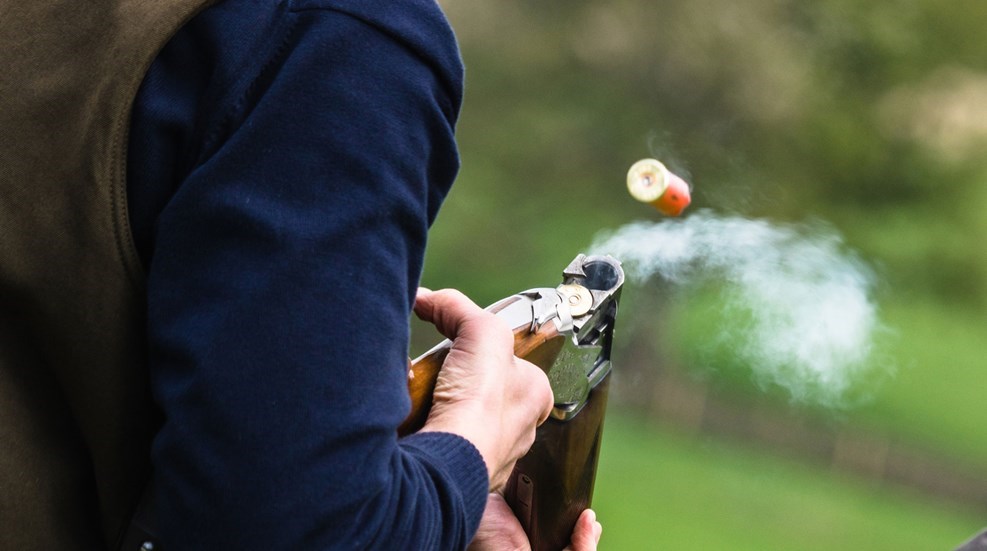
Firearm actions are one of the three basic parts of a firearm: action, stock and barrel. Actions of a firearm did not exist until the mid-to-late 1800s. Prior to the development of modern actions, firearms had locks. This is where the old phrase, “Lock, stock and barrel,” originated from.
Before you can understand the different types of actions, you need to know what an action does. The action of a firearm performs three functions; it loads, fires and ejects the cartridge or shotshell.
There are five common action types: bolt, lever, break, pump and semi-automatic. Firearms are often referred to according to the type of action they possess. Understanding the different action types not only makes you a more educated shooter but also a more responsible gun owner.
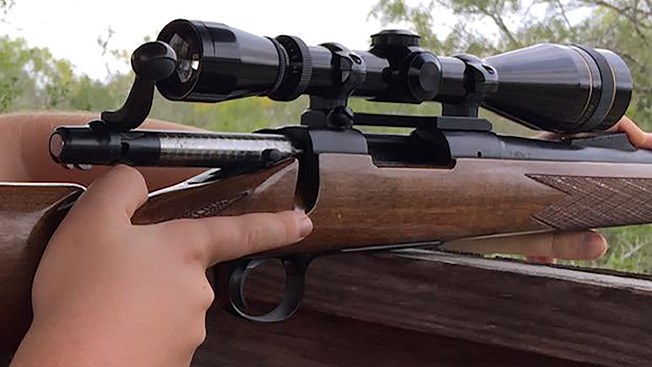
Bolt Action
The bolt-action rifle is the preferred action of most hunters and long-range shooters. Bolt actions are not exclusive to rifles. They can also be used in shotguns. Bolt-action shotguns can be used for goose and crane hunting and are usually found in 10- or 12-gauge. Bolt-action shotguns are also used in conjunction with rifled barrels for deer hunting.
Bolt-action rifles are usually identified by the presence of the bolt handle that extends from the breech area of the receiver. The bolt handle is attached to the actual bolt. The bolt of the firearm is the component that contains the firing pin. It also contains components such as extractors, which make it possible to cycle spent cartridges out of the firearm and load new ones.
The bolt is operated by rotating the bolt handle up and then pulling to the rear. This resets the firing pin. As the bolt is closed or pushed forward, it picks up a cartridge or shell from the magazine. When the bolt reaches its most forward travel position, the bolt is rotated down. There are locking lugs that secure the bolt in place for firing. These lugs prevent the bolt from blowing back, and force all the expanding gasses out of the muzzle.
Bolts are not exclusive to bolt-action rifles and shotguns. Bolts are also found in lever, pump and semi-automatic actions. Bolt handles in these firearms are referred to as charging handles.

Lever Action
Lever-action rifles have a special place in the history of the American West. These types of actions are still very popular among hunters. Lever-action rifles are also used in the Cowboy Action Shooting and Single Action Shooting Society (SASS). Henry Rifles manufactures a popular lever-action .410 shotgun.
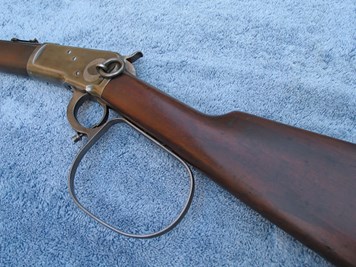
Lever-action firearms are identified by a lever under the receiver. The lever is a solid piece and consists of two parts. The forward part of the lever is the trigger guard, and the larger rear part is a loop for the middle, ring and the pinky finger. On some lever action firearms, the finger loop of the lever can be very large. Chuck Connors made the large loop lever action rifle popular in his series, The Rifleman.
The lever action is operated by using three fingers to rotate the lever downward. The lever pivots just forward of the trigger at the guard, so that when it is rotated, the trigger is exposed. When the lever is opened, the bolt is moved to the rear and extends past the end of the receiver. Opening the lever resets the firing pin. When the lever reaches its most downward position, the spent cartridge or shell is extracted from the chamber and thrown clear of the breech. As the lever is closed, it picks up a new cartridge or shell from the magazine and feeds it into the chamber. The firearm cannot be fired until the lever is fully closed.
Break Action
Most break-action firearms are shotguns. Break-action shotguns can be single-barreled or double-barreled. Double-barreled shotguns are either over-and-unders or side-by-sides. There are also break-action rifles. Break-action rifles are either single-barreled or side-by-sides. There are even break-action firearms that are both rifles and shotguns. These are usually over-and-unders. Of these, one barrel is chambered for a shotgun shell and one barrel is chambered for a rifle cartridge.
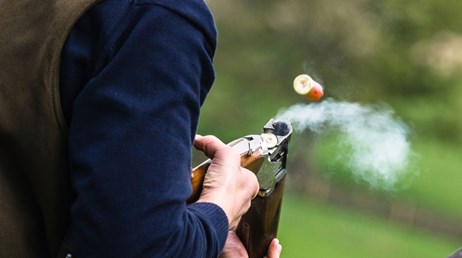
Break-action firearms are also referred to as hinge-action firearms. Whatever you call it, the break-action firearm is operated by moving a lever or tang to one side. When the tang reaches its furthest travel, the lock is disengaged, and the barrels rotate downward by a hinge at the front of the receiver. Breaking the firearm open resets the firing pin. The cartridges or shells are loaded by manually inserting them into the receiver. After firing the cartridges or shells, the shooter can break open the firearm; the spent casings or hulls are either thrown clear of the chamber or manually removed.
Pump Action
Pump-action firearms are also commonly associated with shotguns. Like break-action firearms, rifles can also be pump actions. Pump .22s were very common in our grandparents’ day. Today you can find pump-action rifles in nearly all the common hunting calibers.
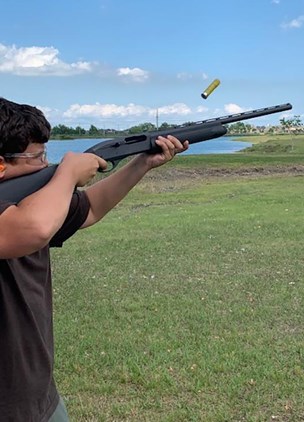
Pump-action firearms are operated by sliding or pumping the forend of the firearm’s two-piece stock to the rear. This forend is referred to as the slide. As the slide is moved rearward, it resets the firing pin while moving the bolt to the open position. When this movement is complete, the spent cartridge or shell is thrown clear of the breech. As the slide is pulled forward to the closed position, the bolt picks up a new cartridge or shell from the magazine. When the slide reaches its most forward position, the slide is locked in place.
The locking mechanism of the slide prevents the bolt from being thrown backwards when the cartridge or shell is discharged. The lock also prevents the expanding gasses from escaping out of the breech. This forces all the gasses to exit the firearm through the muzzle.
Semi-Automatic Action
Semi-automatic firearms can be found in rifles and shotguns. Modern sporting arms are very popular with today’s shooters. These include the modern AR platforms. Semi-automatic shotguns are also very popular with waterfowl hunters. These types of firearms are easy to learn and operate. They also allow for fast follow-up shots. The downside to semi-automatic firearms is that their operation can be adversely affected by the residue from previous shots. As a result, semi-automatic firearms need to be properly cleaned after each use.
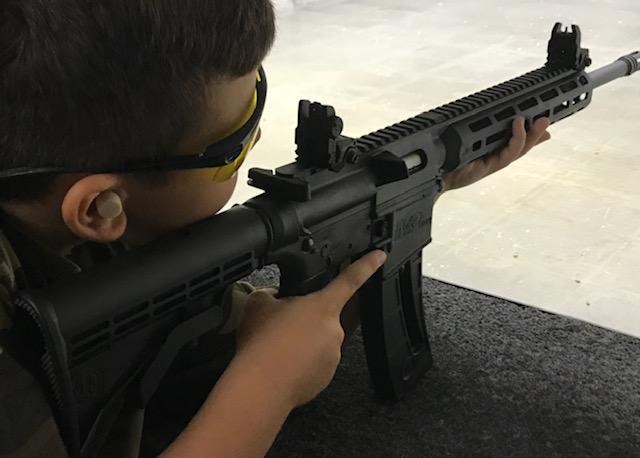
Semi-automatic firearms are operated by pulling the trigger. When the cartridge or shell is discharged, the recoil, gasses (or a combination of both) work the action. This means the bolt of the firearm is thrown rearward, and then slams forward to the closed position in one fluid motion. There are several things that happen in this fast operation. As the bolt travels rearwards, the firing pin is reset and the spent cartridge or shell is thrown clear of the breech. As the bolt travels forward, it picks up a new cartridge or shell from the magazine and feeds it into the chamber.
A semi-automatic firearm discharges one round for every pull of the trigger. As a result, a semi-automatic firearm can be fired as fast as the trigger can be pulled. This is not to be confused with a fully automatic firearm, which will continue firing until the shooter lets off the trigger, or the firearm runs out of ammunition. As responsible shooters we must use the correct terminology when referring to our firearms.